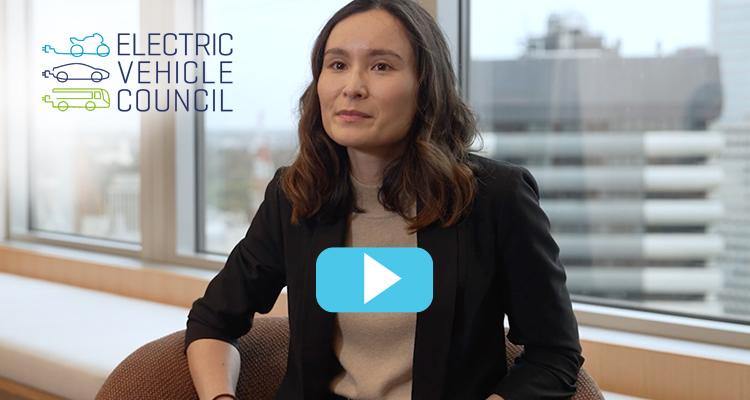
When transitioning your fleet to electric vehicles (EVs), drivers may want the convenience of charging at home. But what about those who live in apartment complexes or other shared buildings?
Installing charging infrastructure at homes is typically a straightforward process for single dwellings with off street parking. But with shared buildings like apartment complexes, installing the necessary infrastructure means there are a few more things to consider.
Whatever stage you’re at in your EV transition, it’s likely that at some point you will need to navigate EV charging in a shared building. Fortunately, you don’t need to go it alone – an experienced fleet management organisation can help.
Based on our implementation experience and through our own research conducted late 2023, we’re sharing some important factors organisations need to consider when finding the right EV charging solution. For example, having information early on in the process on the number of drivers that live in a shared building will help with planning and give you time to proactively identify solutions to any potential challenges.
When a driver asks about EV charging options for their shared building, here’s three questions that can help organisations determine the best way forward.
1. What is the age of the building and how many dwellings are there?
Our research shows that the newer the building, the more likely it is the building will be open to installing charging infrastructure. Almost three quarters of buildings 10 years old or less are considering or have plans to install charging infrastructure, compared to only one third of buildings over 10 years old. Our research also shows that installing EV infrastructure varies depending on the size of the building. Complexities can increase in buildings with 20 or more dwellings, along with legislative considerations. The degree of willingness to fund EV charging installation reduces in buildings with 19 or fewer dwellings.
2. Do they have an allocated car space or shared parking spaces and does their building already have EV charging infrastructure in place?
Installing an EV charger in a private car space or parking garage will require a different approach to installing EV charging stations in shared spaces or visitor parking. And if your drivers don’t have access to off street parking, it can become more complicated. According to our research, less than one in 20 apartment buildings have EV charging facilities in place – but this is likely to change in the future as three in five buildings would consider or have plans to install EV charging. The suitability of the building’s electrical wiring is also a factor.
3. What about other aspects that are not apartment building specific?
Once you have a clear idea of your drivers’ circumstances and the type of buildings they live in, you’ll be better positioned to move forward with confidence. You may also need to consider:
- Relevant state legislation or insurance requirements around EV infrastructure and installation
- The view of the owner’s corporation to installing EV charging infrastructure
- How will it be funded and who will fund it
- How billing and individual metering will be managed
We know from our experience of installations and research that the most important features of EV infrastructure in shared buildings are integration with existing electrical systems, the ability to meter individual charges and clarity around the total cost of ownership.
While it might seem complex, we’re here to help. An experienced partner like Interleasing can help navigate the process of giving your shared dwelling drivers access to an EV charging solution that works for everyone.
Learn more about our EV transition solutions here or get in touch and start with our complimentary fleet sustainability assessment.


